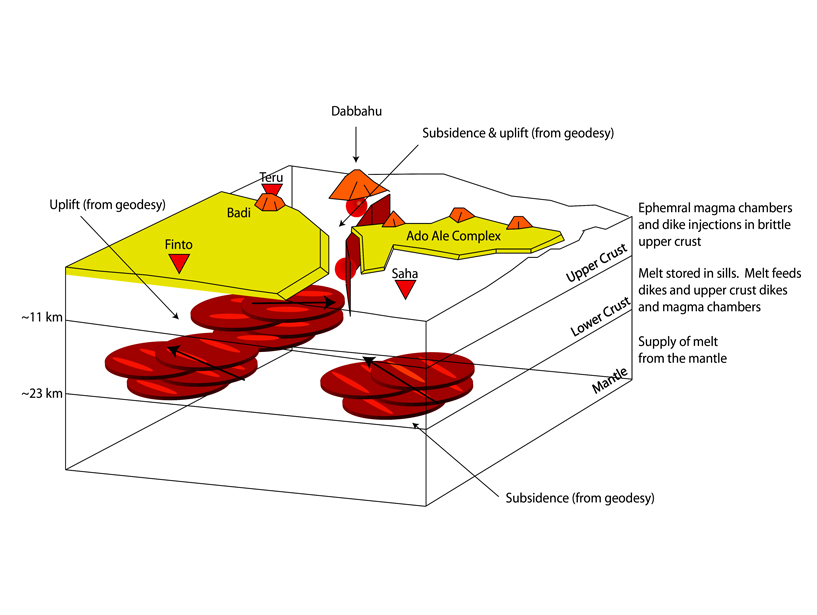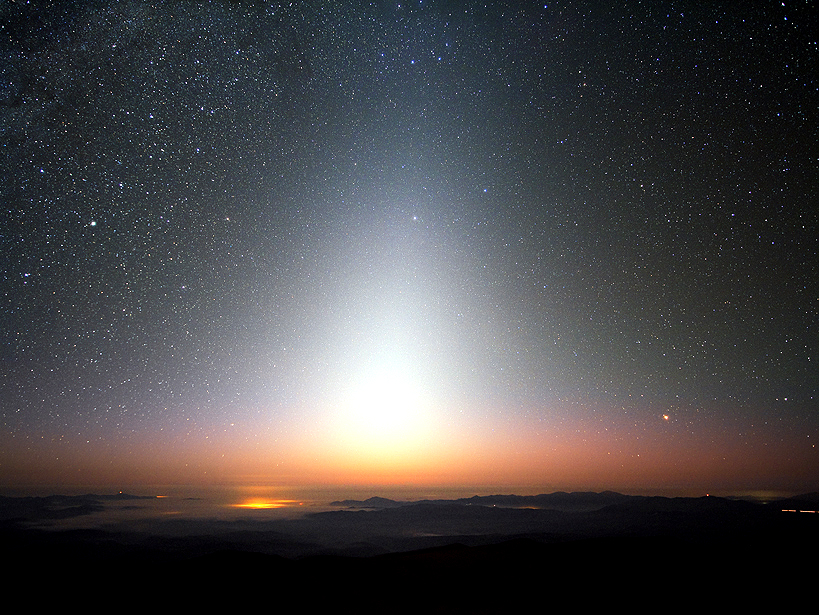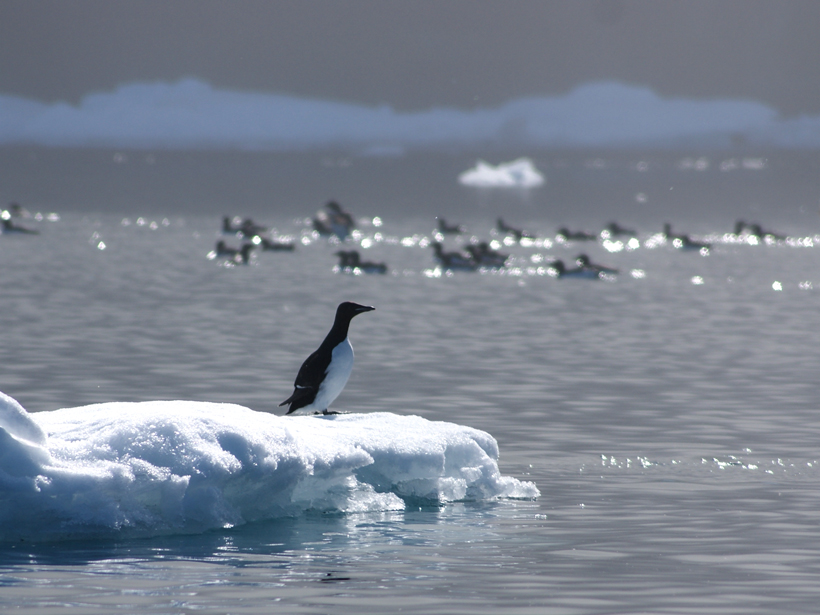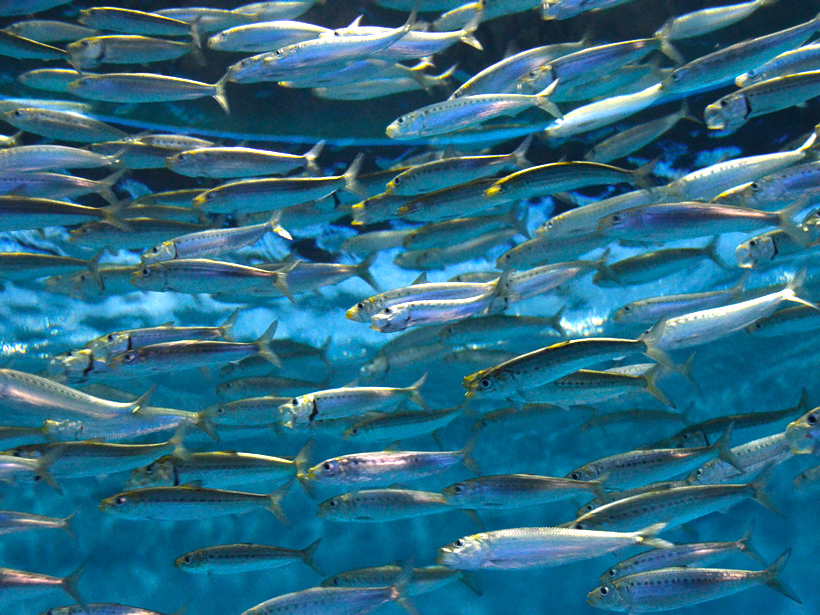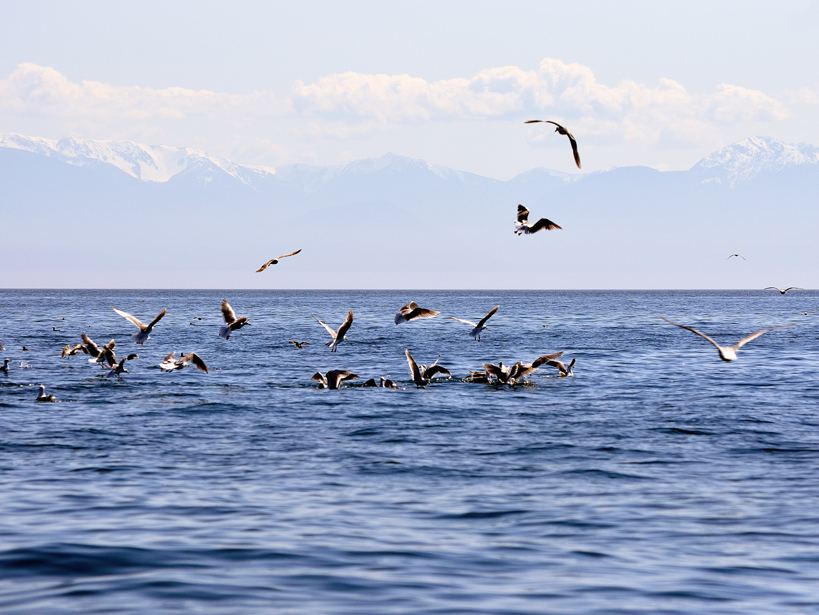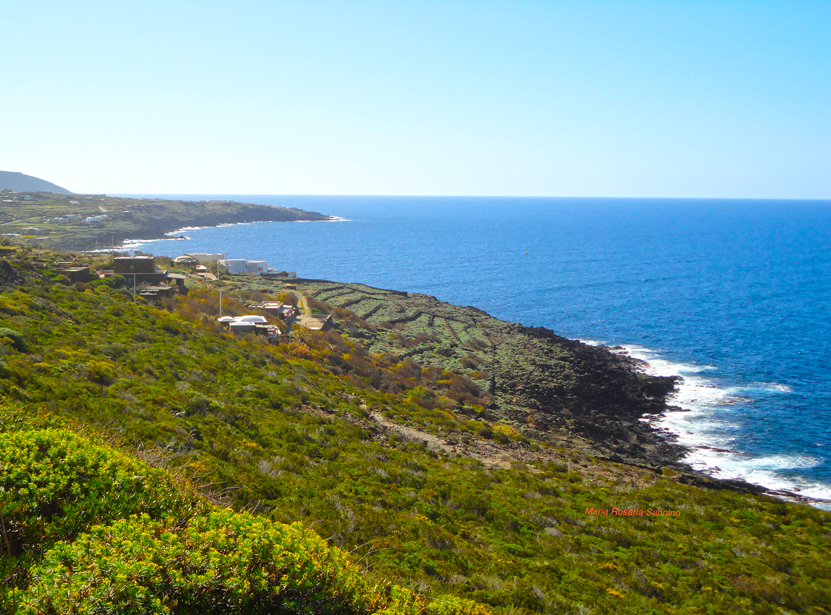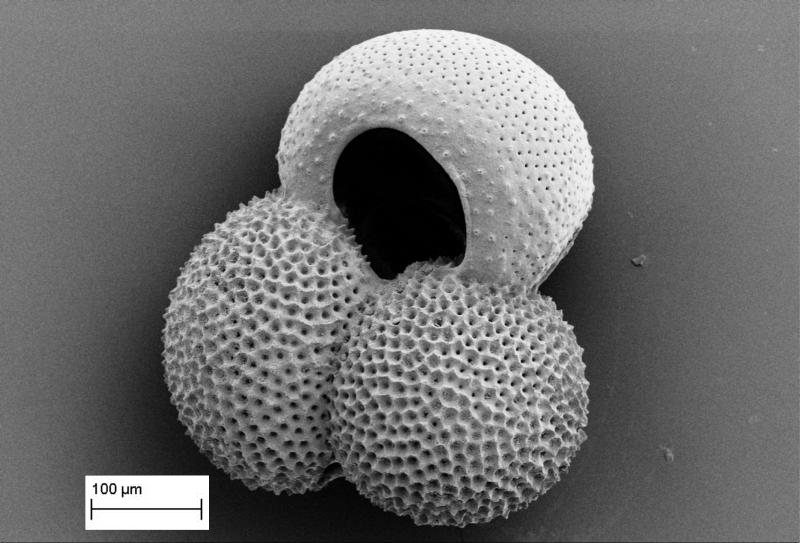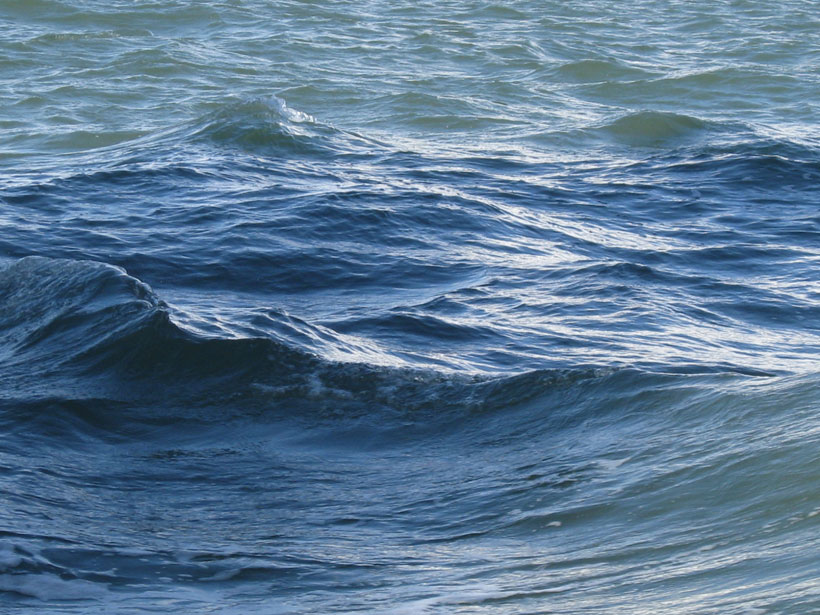Adapting a much-used analytical method to consider anisotropy opens up the approach to new uses.
Research Spotlights
Research spotlights are plain-language summaries of recent articles published in AGU’s suite of 24 journals.
Shooting Stars and Cosmic Dust Help Form Clouds, Fertilize Plankton
Tons of cosmic dust enter Earth’s atmosphere each day, triggering a range of phenomena that scientists are only just beginning to understand.
Survey Shows Where Arctic Marine Bird Populations Thrive
"Hot spots" of species richness currently include the Bering Sea, Lancaster Sound, Baffin Bay, and Davis Strait. Will this change as sea ice melts?
Survival of Young Sardines Flushed Out to Open Ocean
Despite favorable conditions within eddies and streamers that form ideal habitats for larval sardines, the young fish may not survive when flushed into the open ocean.
Salish Sea a Key Source of Regional Marine Nutrients
A new examination of nitrogen in the coastal waters off the Pacific Northwest shows that the Salish Sea delivers a large fraction of nutrients to shelf waters.
Found: The Submarine Source of an 1891 Eruption Near Sicily
Analysis of a volcano may help explain why some eruptions produce volcanic balloons–hollow chunks of lava that encase a gas-filled cavity.
Seismic Stress Modeling Puts Istanbul in the Crosshairs
Twenty years of ground motion observations show that seismic strain is accumulating south of Istanbul.
What Drove Sea Surface Temperature Change During the Pleistocene?
New information suggests that atmospheric carbon dioxide concentration was just one of the main drivers of warming sea surface temperatures in the Pleistocene.
"Knobby Terrain" a Sign of Mars's Explosive Past
Newly identified knobby terrain related to ancient volcanoes on Mars hint that pyroclastic ash and rock flowed down slopes early in the red planet's history.
Fluctuations in Atlantic Meridional Overturning Circulation
Variations in large-scale convection in the Atlantic Ocean are likely driven by wind.

